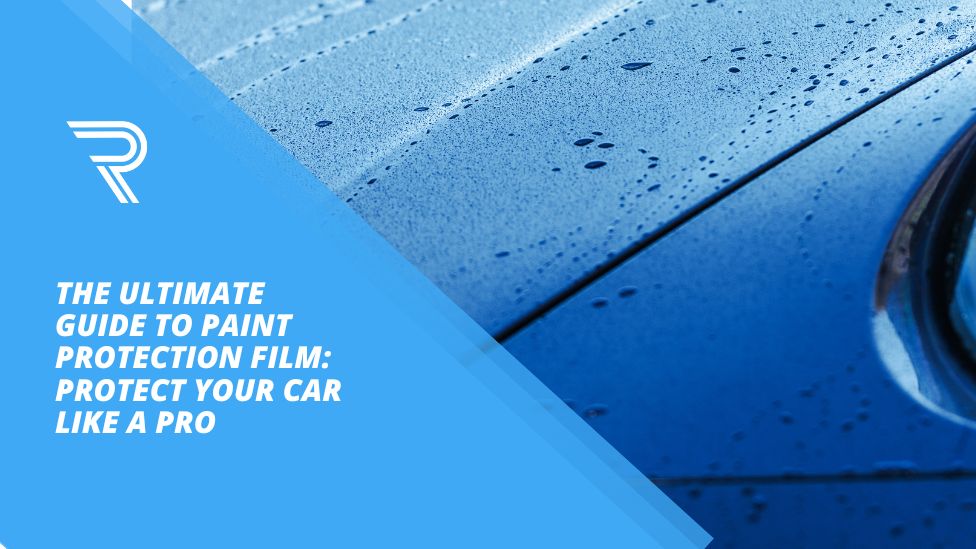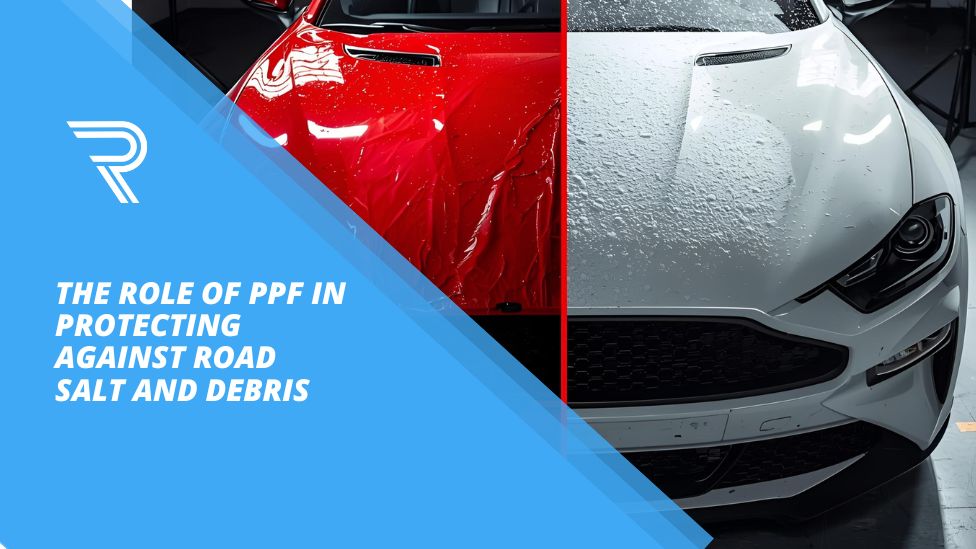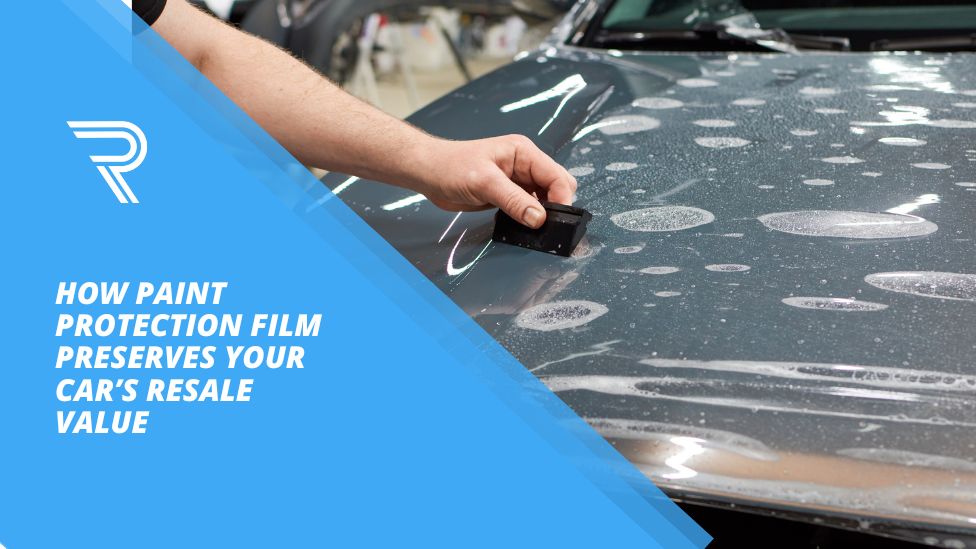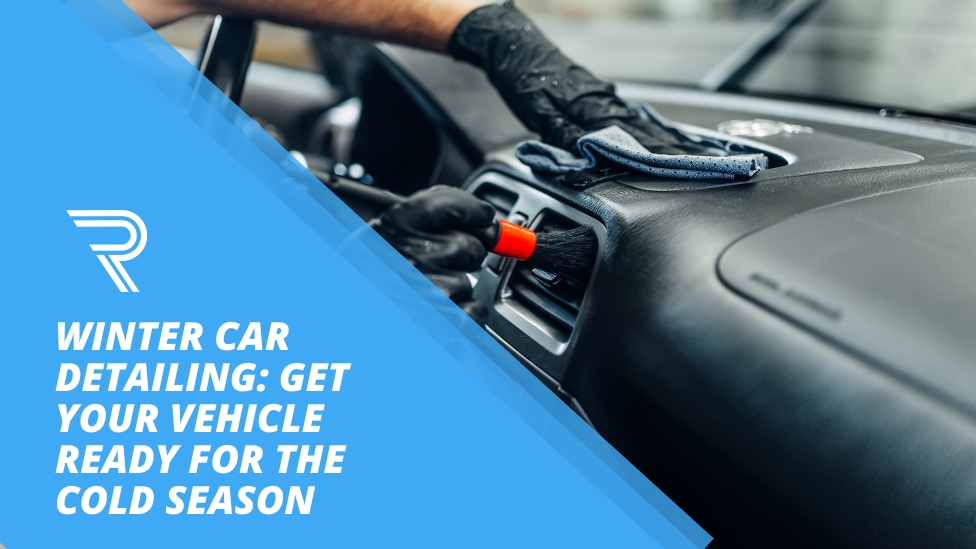Introduction
Whether you’re an auto enthusiast or just want to protect your vehicle’s finish, Paint Protection Film (PPF) is a powerful way to keep your paint in pristine condition. This nearly invisible layer shields against rock chips, scratches, UV rays, and harsh weather. But what’s the best way to care for it? Can you apply it yourself? And how long does it really last?
In this all-in-one guide, you’ll discover how to maintain PPF, explore DIY installation options, and learn what impacts its long-term performance.
What Is Paint Protection Film?
PPF is a clear, thermoplastic urethane film applied to a vehicle’s painted surfaces. Originally developed for military use, it’s now a top-tier solution in automotive detailing due to its durability and self-healing technology.
PPF Protects Against:
- Stone chips and road debris
- Scratches and swirl marks
- UV damage and oxidation
- Bug splatter and chemical stains
Types of Paint Protection Film
Each type of PPF offers distinct features:
- Clear Bra PPF – Glossy and traditional, preserves factory paint shine.
- Matte PPF – Offers a sleek satin finish for a unique look.
- Self-Healing PPF – Minor marks disappear when exposed to heat.
- Ceramic-Coated PPF – Combines hydrophobic properties with surface protection for easier maintenance.
How Long Does Paint Protection Film Last?
The lifespan of PPF depends on several factors:
What Affects Longevity:
- Film Quality – Advanced materials tend to last longer and perform better.
- Installation Quality – A professional, dust-free application ensures proper adhesion.
- Climate – Vehicles exposed to extreme temperatures may see faster wear.
- Maintenance Routine – Regular care significantly extends durability.
Signs It May Need Replacement:
- Discoloration or yellowing
- Edges starting to lift or peel
- Loss of gloss or hydrophobicity
- Visible damage that no longer self-heals
How to Clean Paint Protection Film
Maintaining your PPF is simple when done right. Regular cleaning keeps it clear and effective.
PPF Cleaning Instructions:
- Rinse First – Use a hose or low-pressure washer to remove loose dirt.
- Use Gentle Soap – Stick with pH-neutral car shampoos.
- Hand Wash Only – Use a microfiber mitt to avoid scratches.
- Rinse Again – Ensure all suds are washed away.
- Dry Softly – Use a clean microfiber towel to prevent water spots.
Avoid:
- Abrasive pads or brushes
- Ammonia-based cleaners
- Regular wax (unless specifically PPF-safe)
Recommended Products:
- Quick detailers designed for PPF
- Dedicated PPF shampoos and sealants
- Products labeled safe for clear film or matte finishes
Can You Apply PPF Yourself?
DIY installation is possible—but not without challenges.
Pros:
- A sense of accomplishment
- Good for small areas (headlights, mirrors, door edges)
- Some kits include tools and instructions
Cons:
- Requires patience and precision
- Risk of bubbling, stretching, or dust contamination
- Tricky for large or curved panels
DIY Best Practices:
- Clean the surface with isopropyl alcohol
- Use a spray slip solution (water + a drop of baby shampoo)
- Apply slowly, squeegeeing from the center outward
- Let it settle for at least 48 hours before washing
Professional vs DIY Installation
| Aspect | Professional | DIY |
| Quality | Flawless, consistent | May show minor flaws |
| Application Time | Quick and efficient | Time-intensive |
| Warranty | Often included | Typically not offered |
| Best For | Full-vehicle coverage | Small sections or detailers |
Tip: If you’re new to film installation, start small and build experience before attempting large areas.
Tips to Maximize PPF Durability
✅ Wash regularly (about every 2 weeks)
✅ Park in shaded or covered areas when possible
✅ Use sealants designed specifically for PPF
✅ Skip automatic car washes with brushes
✅ Address bird droppings or sap promptly
Conclusion
Paint Protection Film is a smart, modern way to keep your car’s paint looking flawless for years. Whether you’re curious about how to clean paint protection film, exploring DIY PPF application, or wondering how long PPF lasts, proper care is the secret to getting the most out of your investment.
By understanding your options and taking care of the film, you’ll preserve your vehicle’s finish and enjoy peace of mind—knowing your paint is protected from daily hazards.
FAQs
Q: Can you wax over PPF?
A: Only use products labeled safe for PPF or apply a specialized sealant. Avoid traditional waxes.
Q: Does PPF eliminate all scratches?
A: It prevents many minor scratches but won’t stop deep gouges.
Q: How often should PPF be cleaned?
A: Every 1–2 weeks is ideal, depending on your driving conditions and environment.




